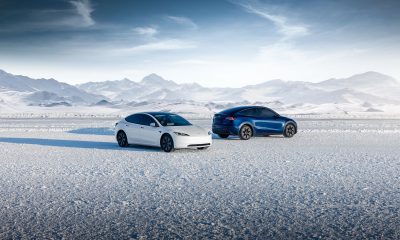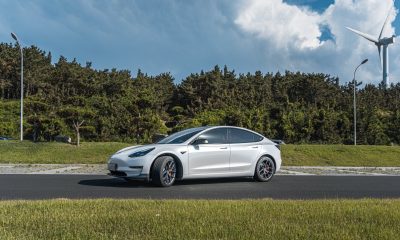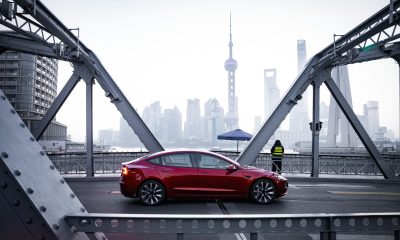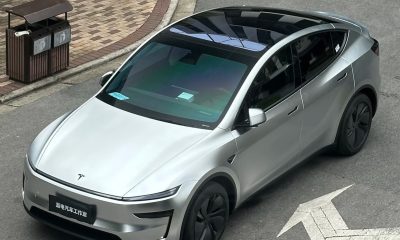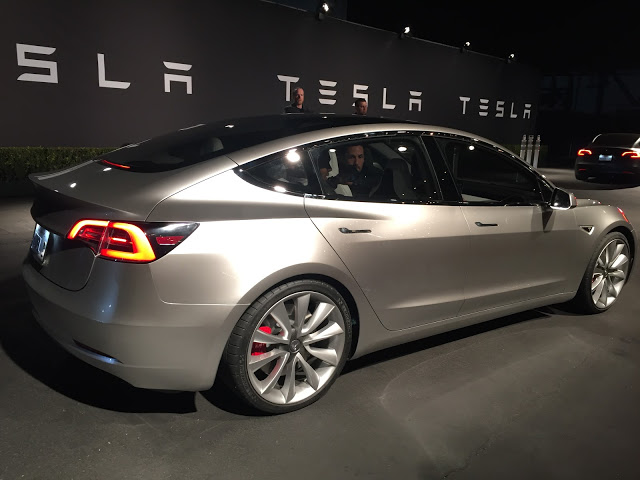
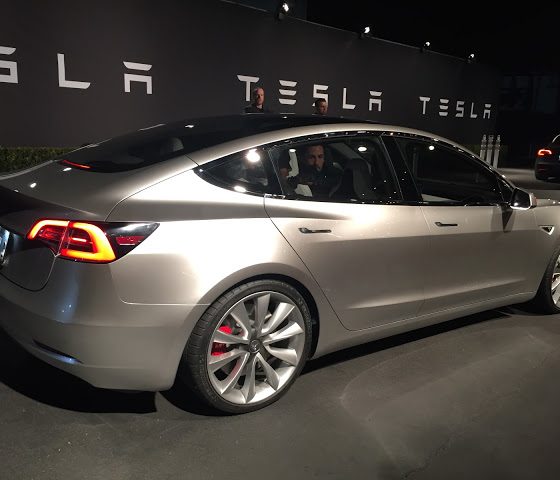
News
Watch Out: Tesla Model 3 Will Have Ludicrous Mode
The Model 3 could be the quickest Tesla ever
There could be a new king of the hill when it comes to being the quickest accelerating car in Tesla’s vehicle lineup if the latest tweet by Elon Musk holds true. When asked by @vigneshraju of Twitter on whether the Model 3 will have Ludicrous mode, Musk replied with a simple “of course”.
The remark has left many reservation owners across Twitter and forum groups to speculate on the type of battery, price, and performance improvement Ludicrous mode will bring to Tesla’s entry-level vehicle.
@vigneshraju of course
— Elon Musk (@elonmusk) April 30, 2016
Ludicrous mode was first introduced as an optional hardware upgrade to the Model S P85D: an upgrade that would allow the battery to draw more current, from 1300 to 1500 amps, and allow the electric motors to temporarily produce more power. The end result is unrivaled acceleration capable of catapulting the Model S from 0 – 60 mph in a blistering 2.6 seconds and down the 1/4 mile at 10.9 seconds, according to tests conducted by Motor Trend.
What will this mean in terms of performance when Ludicrous mode is enabled on a presumably much lighter Model 3 with smaller battery pack? And more importantly, how will this upgrade impact the overall cost of the vehicle?
Price of Tesla Model 3 with Ludicrous Mode
Make no mistake that 400k reservations of the Model 3 is largely due to the fact that it has a low cost of entry. At $35k you’re buying proven electric vehicle technology, low cost of ownership (cost per mile), and brand prestige.
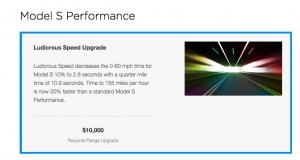 We know the base Model 3 will come standard in a rear wheel drive configuration, but add in dual motors – required in Tesla’s top of the line Performance models – electronically controlled air suspension (also required), and the optional rip-your-head-off Ludicrous mode upgrade, it wouldn’t be too far-fetched to double the cost of the vehicle. After all the Ludicrous Speed Upgrade on the Model S and X alone costs $10k, and that’s on top of the additional price paid to upgrade to the flagship Performance variation.
We know the base Model 3 will come standard in a rear wheel drive configuration, but add in dual motors – required in Tesla’s top of the line Performance models – electronically controlled air suspension (also required), and the optional rip-your-head-off Ludicrous mode upgrade, it wouldn’t be too far-fetched to double the cost of the vehicle. After all the Ludicrous Speed Upgrade on the Model S and X alone costs $10k, and that’s on top of the additional price paid to upgrade to the flagship Performance variation.
All said and done, a fully loaded Model 3 could reach $70k and surpass the base price of the Model S. But that won’t stop 15% of Model 3 buyers from going Insane to Ludicrous.
Tesla Model 3 Ludicrous Mode Performance
We know Ludicrous Teslas are quick. We recently saw the 6,000 pound Model X SUV destroy a Ferrari in a test of acceleration, and we’ve even witnessed a Ludicrous-enabled P90D Model S sedan take on a Boeing 737 jet. But will Tesla allow its entry-level vehicle surpass the performance of an equally-equipped Model S or Model X? The answer is likely no.
Accelerating quickly requires power derived from the battery. Current and voltage affects the amount of power the inverter delivers to the electric motors. But because the Model 3 will likely have a smaller battery, in order to keep costs down, the voltage produced from a smaller battery pack is lower than that of a larger pack, resulting in less power.
The Model S 70D is capable of accelerating to 60 mph in 5.2 seconds. Assuming the Performance version of the Model 3 will have a tuned version of the 70D battery with higher voltage, combined with a lower overall vehicle curb weight than the Model S, it wouldn’t be surprising if we saw low 3 second 0-60 mph times. It’s still quicker than Elon’s favorite performance benchmark the McLaren F1, while leaving bragging rights to its older and more expensive siblings.
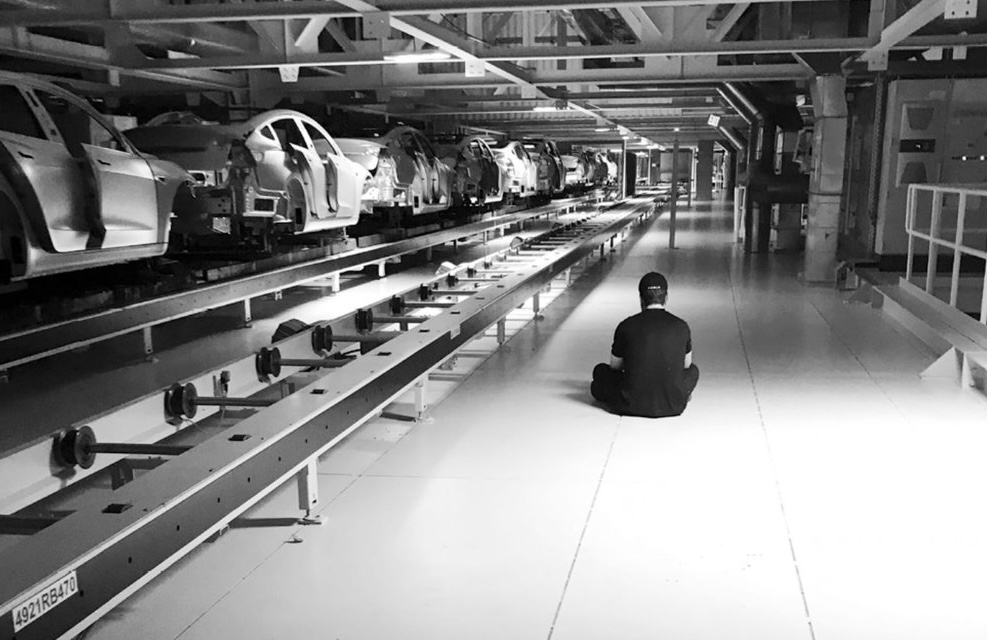
Elon Musk tends to use social media platform X as his personal platform to express himself, so much so that critics tend to allege that the CEO is no longer serious about his numerous companies.
As per Musk, he is still very much in wartime CEO mode, despite all the jokes and fun posts about Ani on X.
Elon Musk leads several prolific companies, much more than the average CEO. And while Tesla is the only publicly traded entity that he currently leads, Musk is so visible that everyone across the internet pretty much has a strong opinion of him one way or another. For his longtime supporters and followers, however, what truly matters is if Musk is locked in.
Considering that Elon Musk’s feed on X has recently been filled with AI imagery, a good portion of which involve AI-rendered women, some X users have expressed concerns that the CEO may be losing focus once more. Musk responded to one such user by highlighting his very busy schedule and his numerous active projects.
Needless to say, Elon Musk is still locked in. He is still in “wartime CEO” mode.
As per the CEO, even his recent AI posts about AI are “part of a broader vision and strategy.” He also highlighted that SpaceX’s Starship Flight 10 is launching in a few days, xAI’s Grok 5 is starting its training next month, and Tesla’s Autopilot V14 is also coming next month. As per Musk, “long-term strategy is compelling.”
Elon Musk’s comments are quite accurate. While he may seem to spend all his time on X, after all, he is very much still neck-deep in all his companies’ projects. There is a reason why Musk became known as a visionary, and a lot of it is because he really is intimately involved in all of his companies’ projects.
News
Tesla watchers spot mysterious castings at Fremont Factory
The castings seem to be quite new, as they do not seem to match any of the castings that are currently being used for the Model Y.
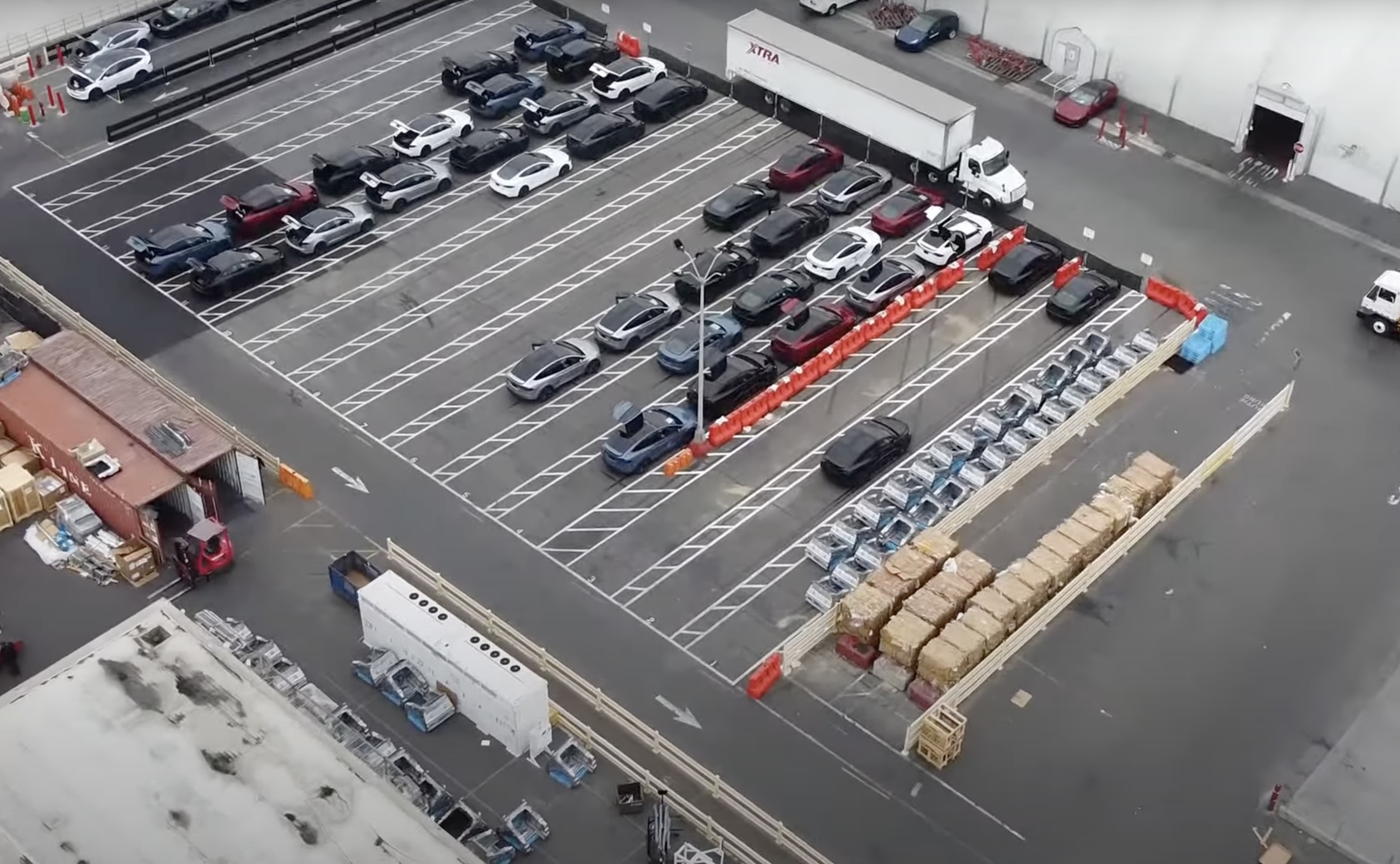
A recent flyover of the Fremont Factory has triggered speculations about Tesla’s ongoing initiatives that are yet to be unveiled publicly. This was hinted at by the sighting of some apparent vehicle castings around the factory that have never really been observed before.
A Fremont Factory flyover
In a recent update, drone operator Met God in Wilderness, who has been chronicling the progress and developments of the Fremont Factory for years, shared some footage from his August 14, 2025 flyover. Based on the video, the Fremont Factory seemed very much alive. Vehicles were being pumped out of the factory, and a rather interestingly covered car could be seen going around the test track.
What is quite fascinating about the footage from the Fremont Factory is the fact that the vehicles that were moving from the production line to the outbound logistics lot are not driven manually anymore. As per Tesla in previous updates, vehicles produced at the Fremont Factory navigate to the outbound logistics lot on their own using Unsupervised FSD.
Mysterious castings
Perhaps most interestingly, the drone operator also managed to capture some footage of some castings that were being gathered just outside one of the facility’s sprung structures. These castings seem to be quite new, as they do not seem to match any of the castings that are currently being used for the Model Y. This has brought speculations suggesting that the new components, which seem smaller than standard Model Y megacasts, may be for a different, perhaps more compact, vehicle.
As per Tesla in its second quarter earnings call, the company actually started the initial production of more affordable models sometime in June. These vehicles, as per Elon Musk, will be made available for consumers in the fourth quarter. “Given that we started in North America and that our goal is to maximize production with higher rates by the end of Q3, we’re going to keep pushing hard on our current models to avoid complexity… We’ll be running with the more affordable models available for everyone in Q4,” Musk said.
Watch the recent drone footage of the Fremont Factory in the video below.
Investor's Corner
Shareholder group urges Nasdaq probe into Elon Musk’s Tesla 2025 CEO Interim Award
The SOC Investment Group represents pension funds tied to more than two million union members, many of whom hold shares in TSLA.
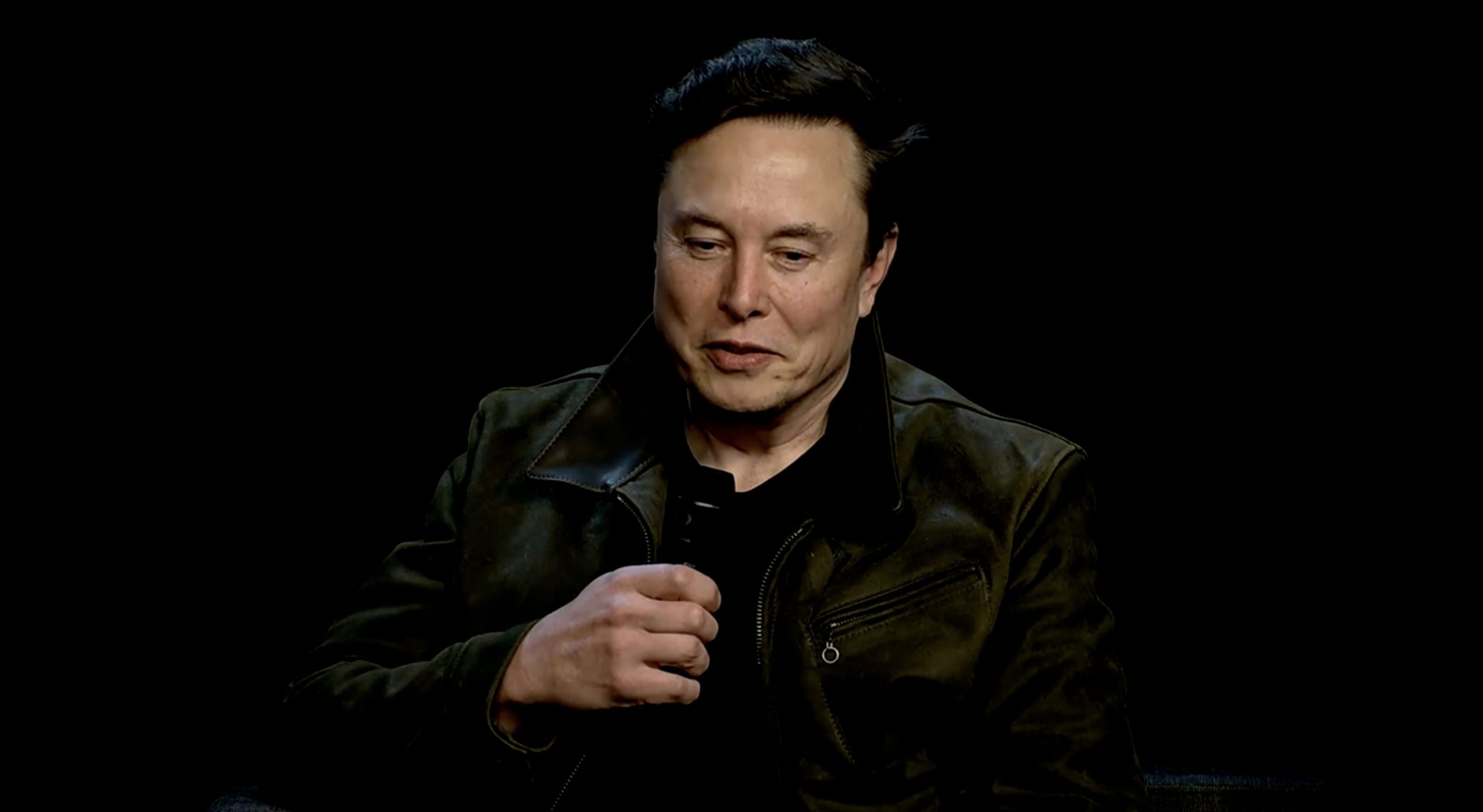
An investment group is urging Nasdaq to investigate Tesla (NASDAQ:TSLA) over its recent $29 billion equity award for CEO Elon Musk.
The SOC Investment Group, which represents pension funds tied to more than two million union members—many of whom hold shares in TSLA—sent a letter to the exchange citing “serious concerns” that the package sidestepped shareholder approval and violated compensation rules.
Concerns over Tesla’s 2025 CEO Interim Award
In its August 19 letter to Nasdaq enforcement chief Erik Wittman, SOC alleged that Tesla’s board improperly granted Musk a “2025 CEO Interim Award” under the company’s 2019 Equity Incentive Plan. That plan, the group noted, explicitly excluded Musk when it was approved by shareholders. SOC argued that the new equity grant effectively expanded the plan to cover Musk, a material change that should have required a shareholder vote under Nasdaq rules.
The $29 billion package was designed to replace Musk’s overturned $56 billion award from 2018, which the Delaware Chancery Court struck down, prompting Tesla to file an appeal to the Delaware Supreme Court. The interim award contains restrictions: Musk must remain in a leadership role until August 2027, and vested shares cannot be sold until 2030, as per a Yahoo Finance report.
Even so, critics such as SOC have argued that the plan does not have of performance targets, calling it a “fog-the-mirror” award. This means that “If you’re around and have enough breath left in you to fog the mirror, you get them,” stated Brian Dunn, the director of the Institute for Comprehension Studies at Cornell University.
SOC’s Tesla concerns beyond Elon Musk
SOC’s concerns extend beyond the mechanics of Musk’s pay. The group has long questioned the independence of Tesla’s board, opposing the reelection of directors such as Kimbal Musk and James Murdoch. It has also urged regulators to review Tesla’s governance practices, including past proposals to shrink the board.
SOC has also joined initiatives calling for Tesla to adopt comprehensive labor rights policies, including noninterference with worker organizing and compliance with global labor standards. The investment group has also been involved in webinars and resolutions highlighting the risks related to Tesla’s approach to unions, as well as labor issues across several countries.
Tesla has not yet publicly responded to SOC’s latest letter, nor to requests for comment.
The SOC’s letter can be viewed below.
-
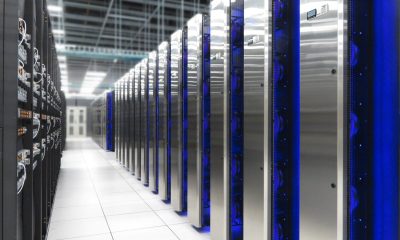
 Elon Musk2 weeks ago
Elon Musk2 weeks agoElon Musk confirms Tesla AI6 chip is Project Dojo’s successor
-
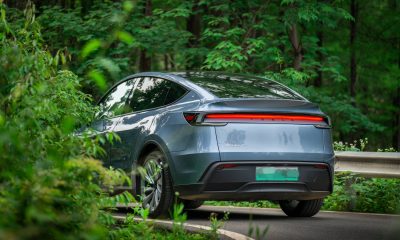
 News2 weeks ago
News2 weeks agoTesla Model Y L reportedly entered mass production in Giga Shanghai
-
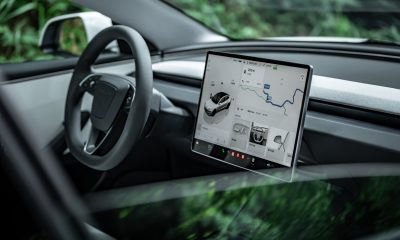
 Elon Musk2 weeks ago
Elon Musk2 weeks agoTesla CEO Elon Musk details massive FSD update set for September release
-
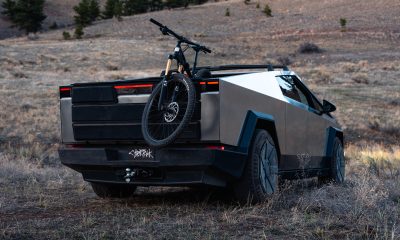
 Cybertruck2 weeks ago
Cybertruck2 weeks agoTesla’s new upgrade makes the Cybertruck extra-terrestrial
-
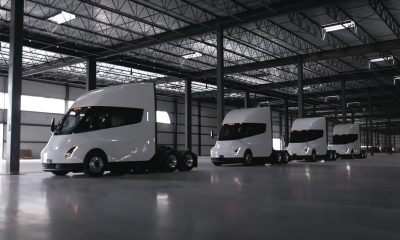
 News2 weeks ago
News2 weeks agoElon Musk reaffirms Tesla Semi mass production in 2026
-
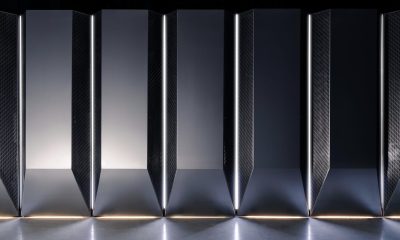
 News2 weeks ago
News2 weeks agoElon Musk explains why Tesla stepped back from Project Dojo
-
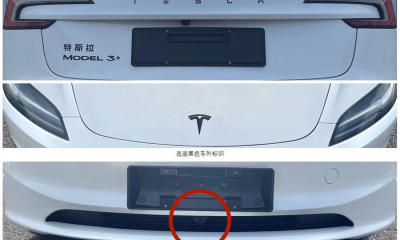
 News2 weeks ago
News2 weeks agoTesla Model 3 filings in China show interesting hardware addition
-
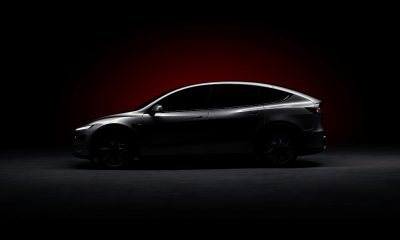
 News2 weeks ago
News2 weeks agoTesla Model Y L’s impressive specs surface in China’s recent MIIT filing



